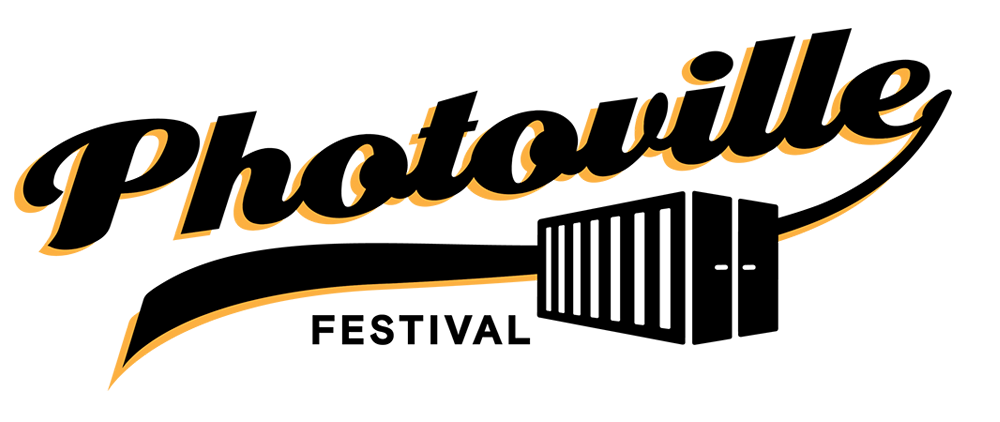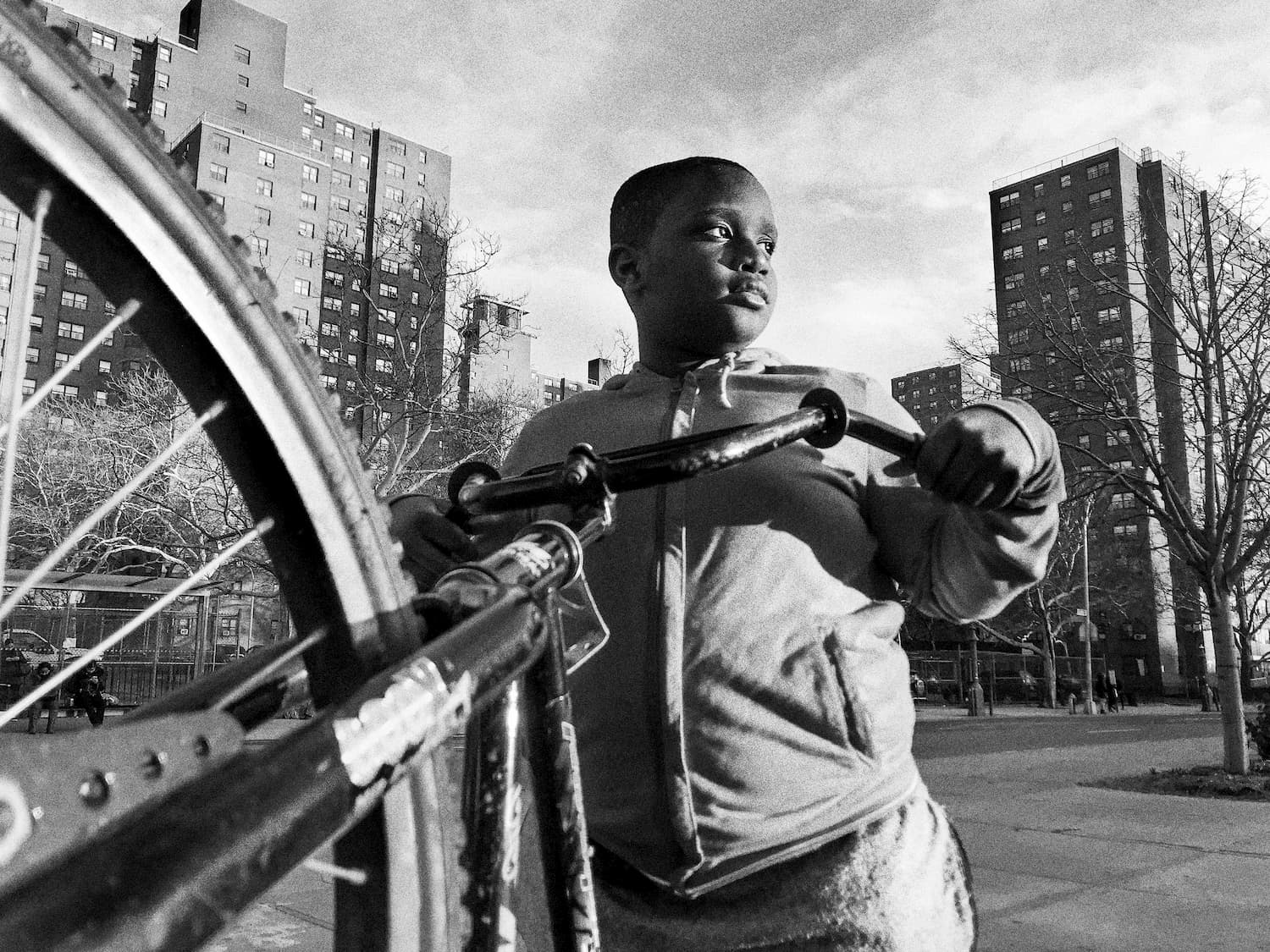

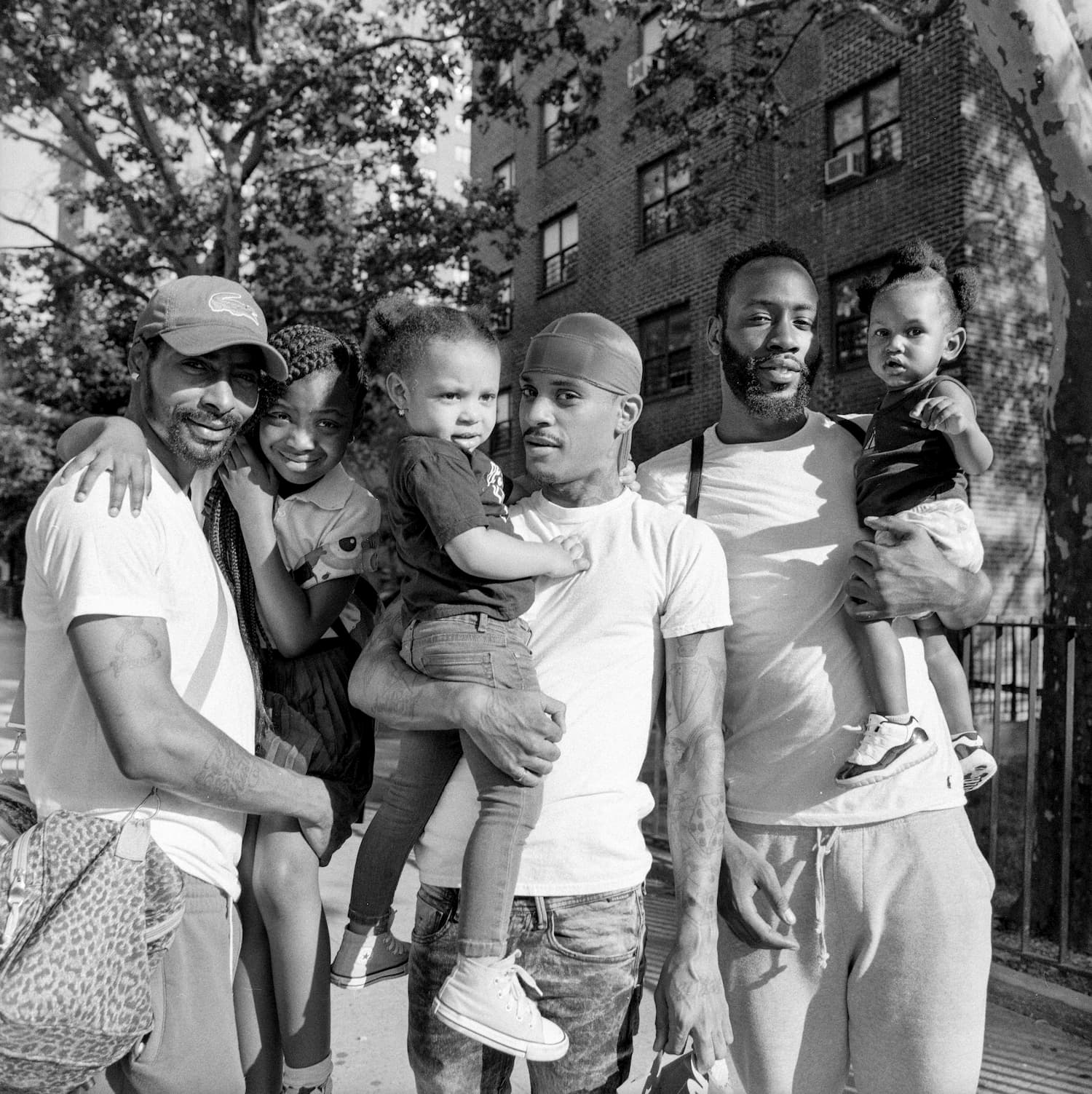

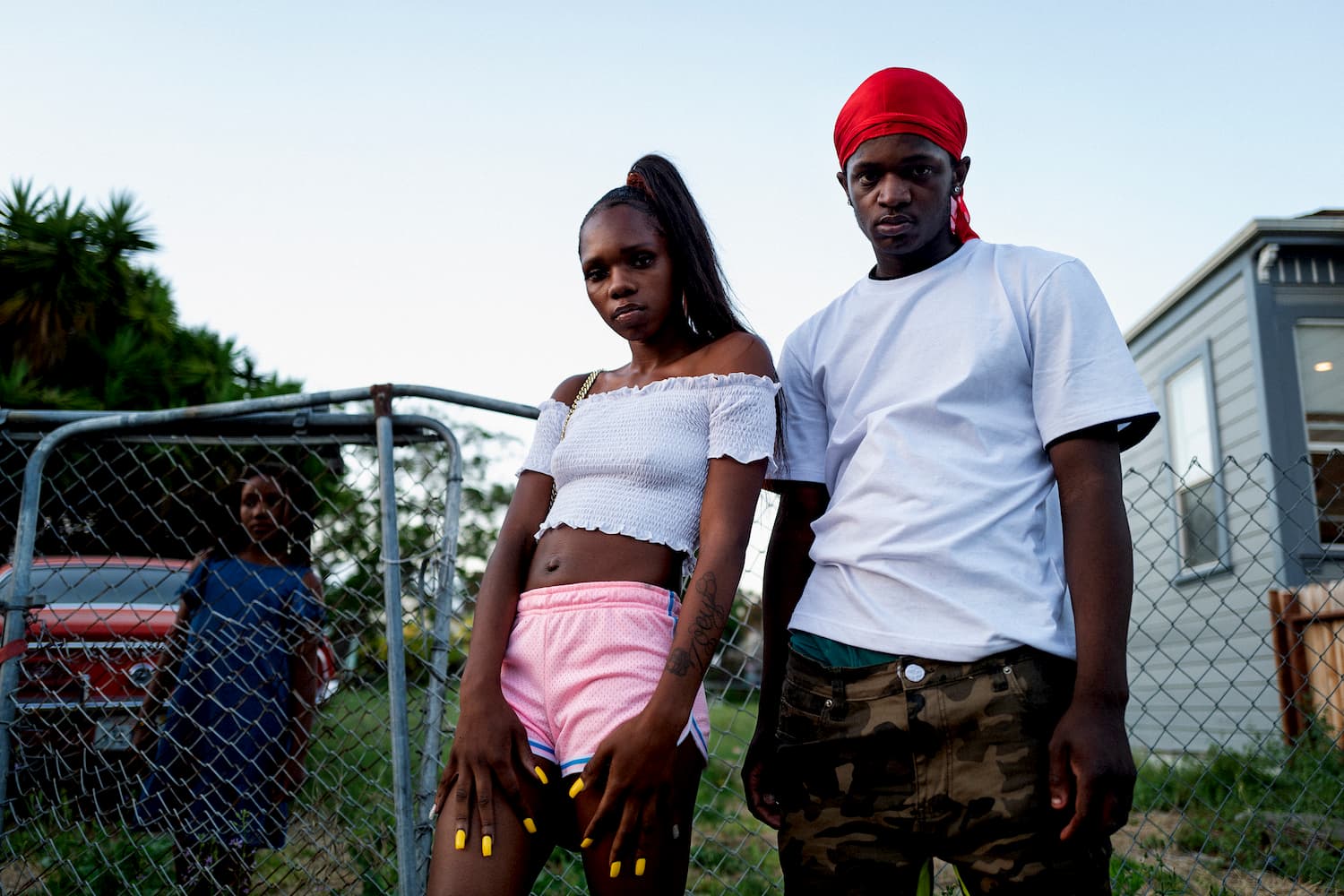
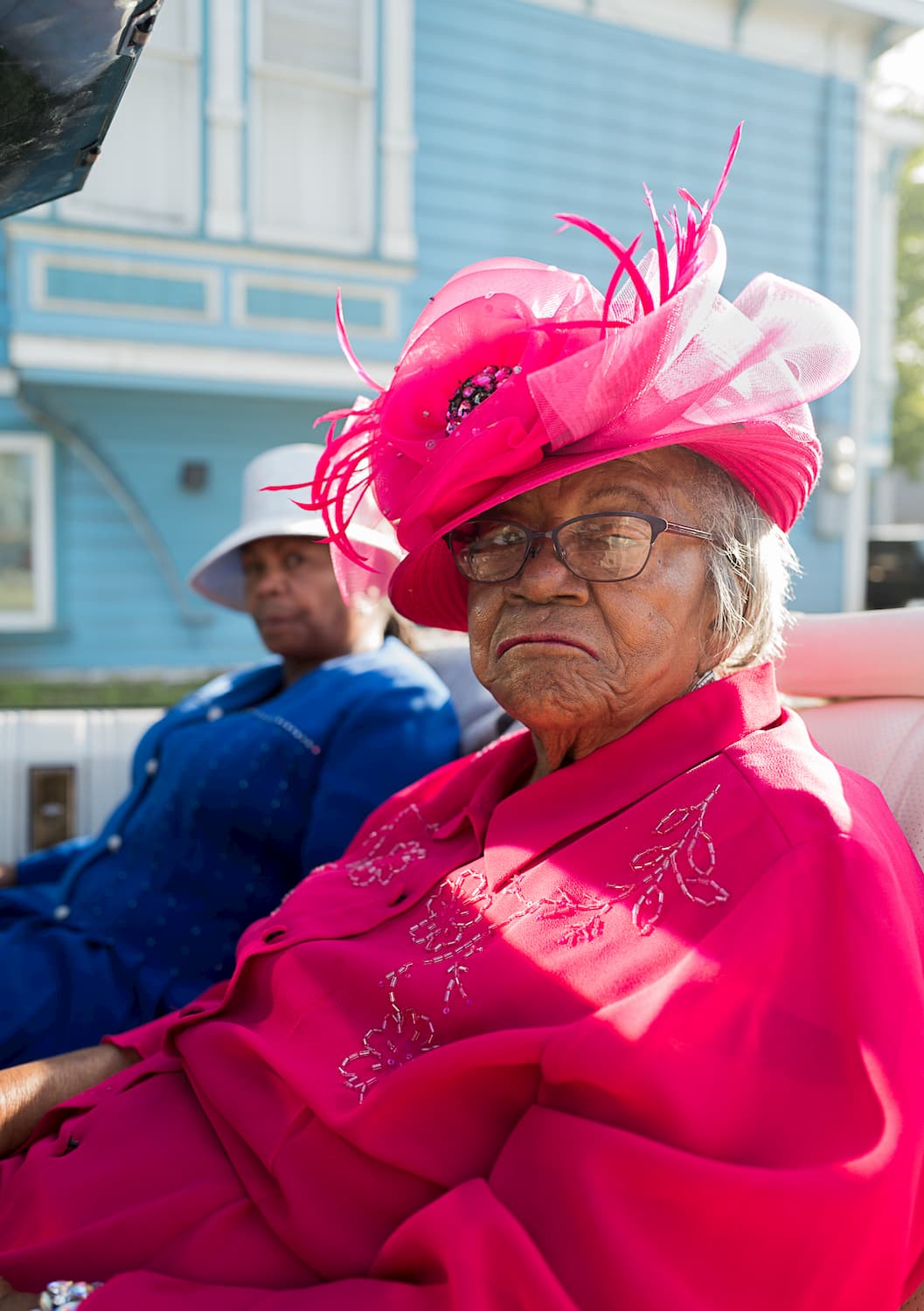
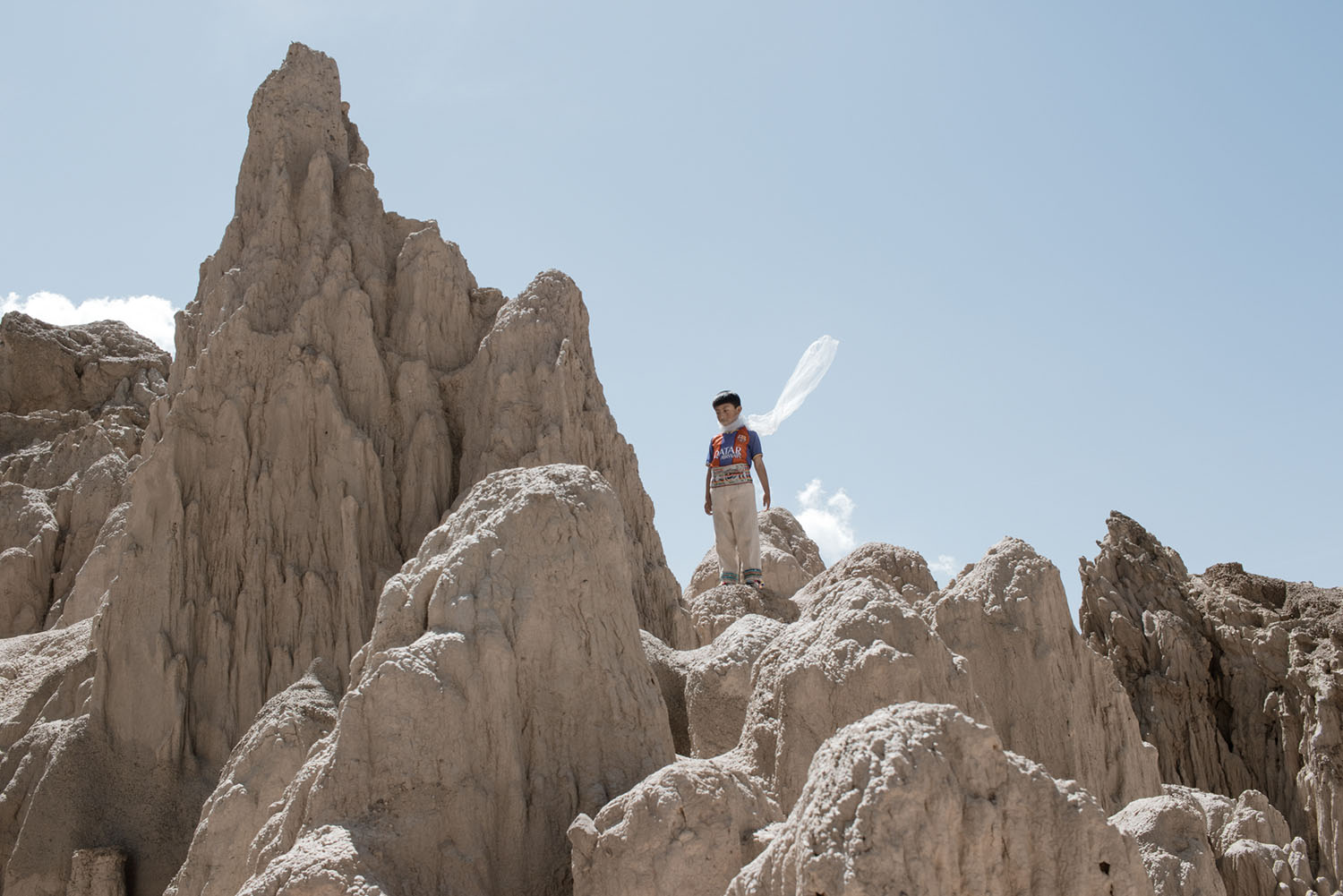

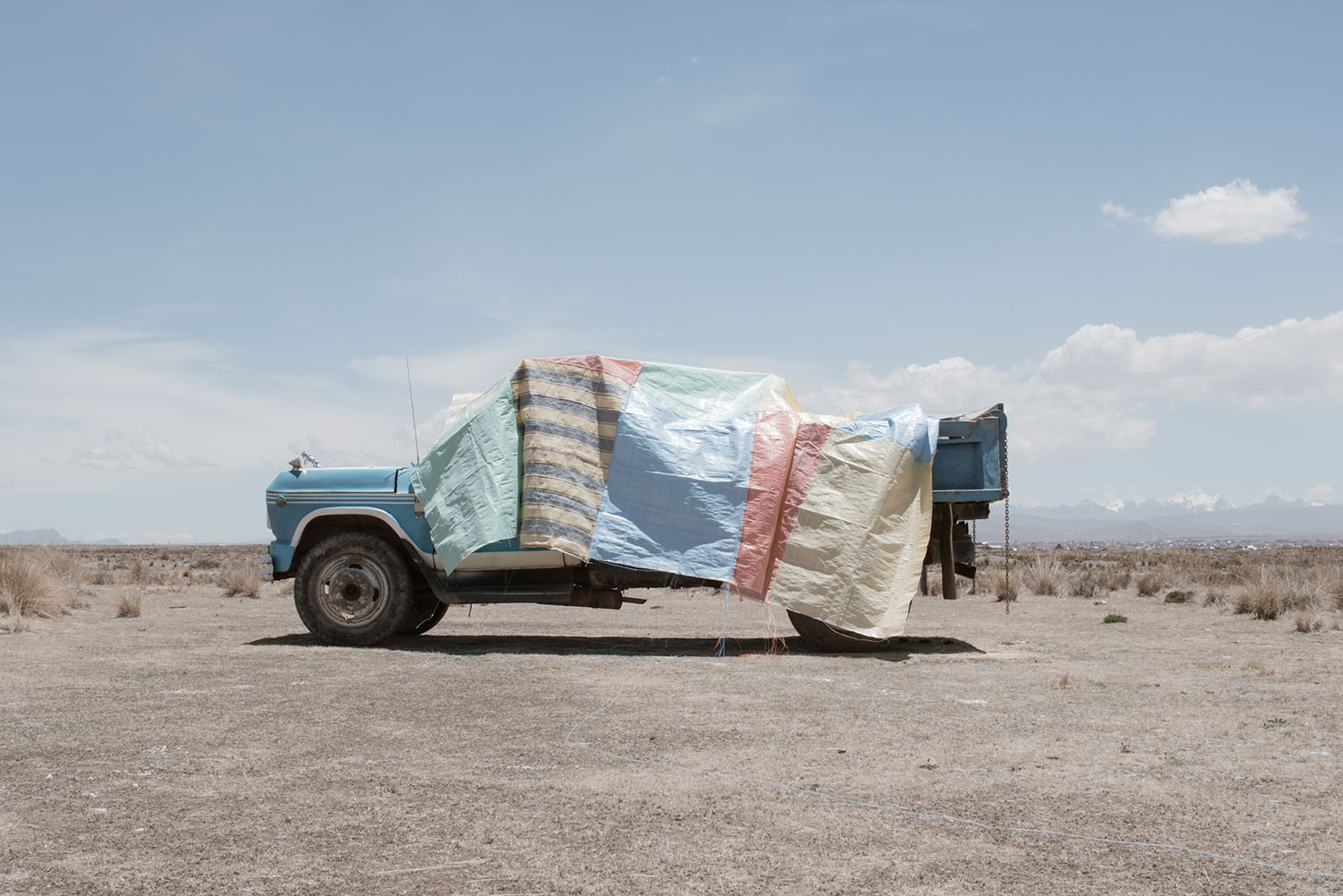
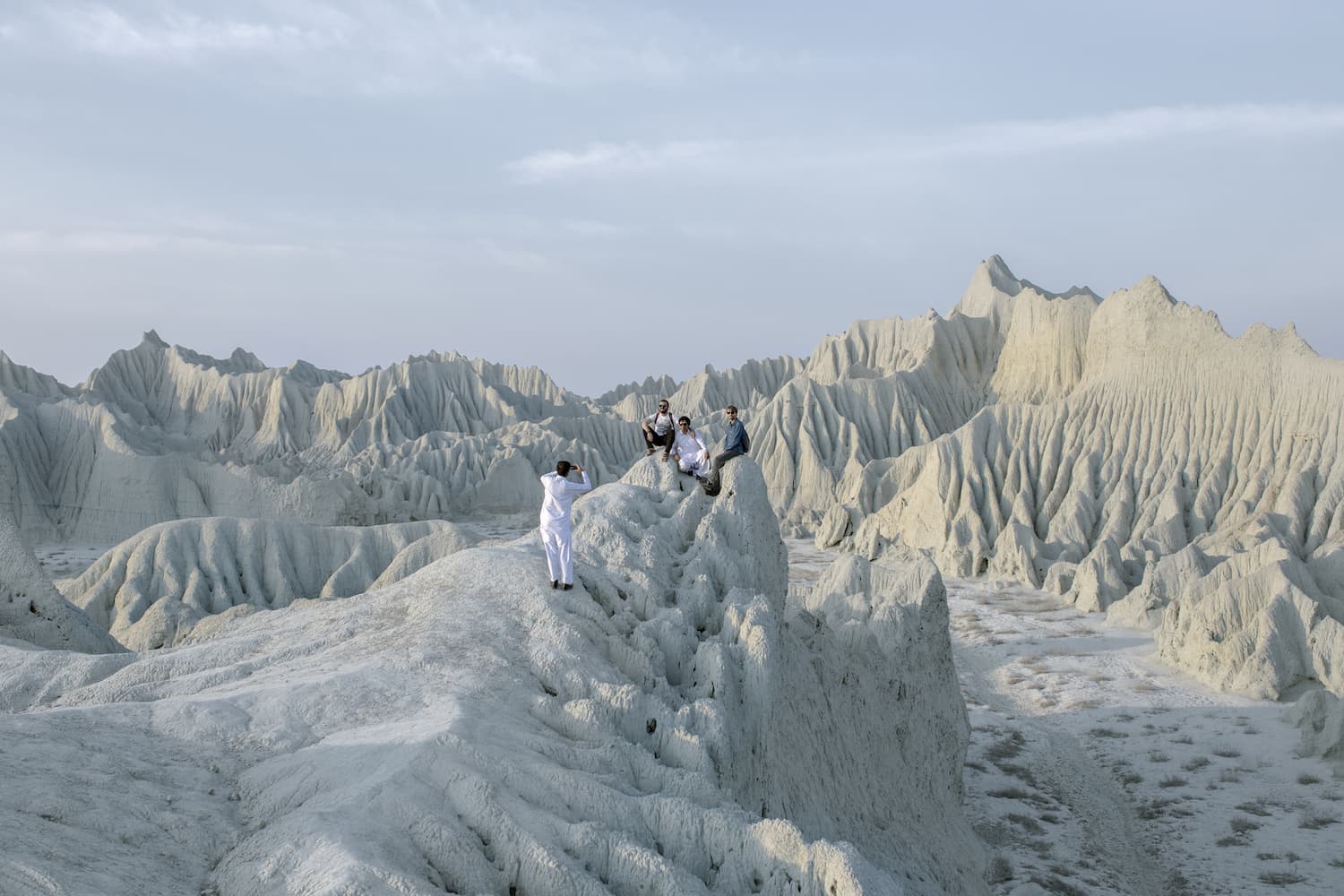
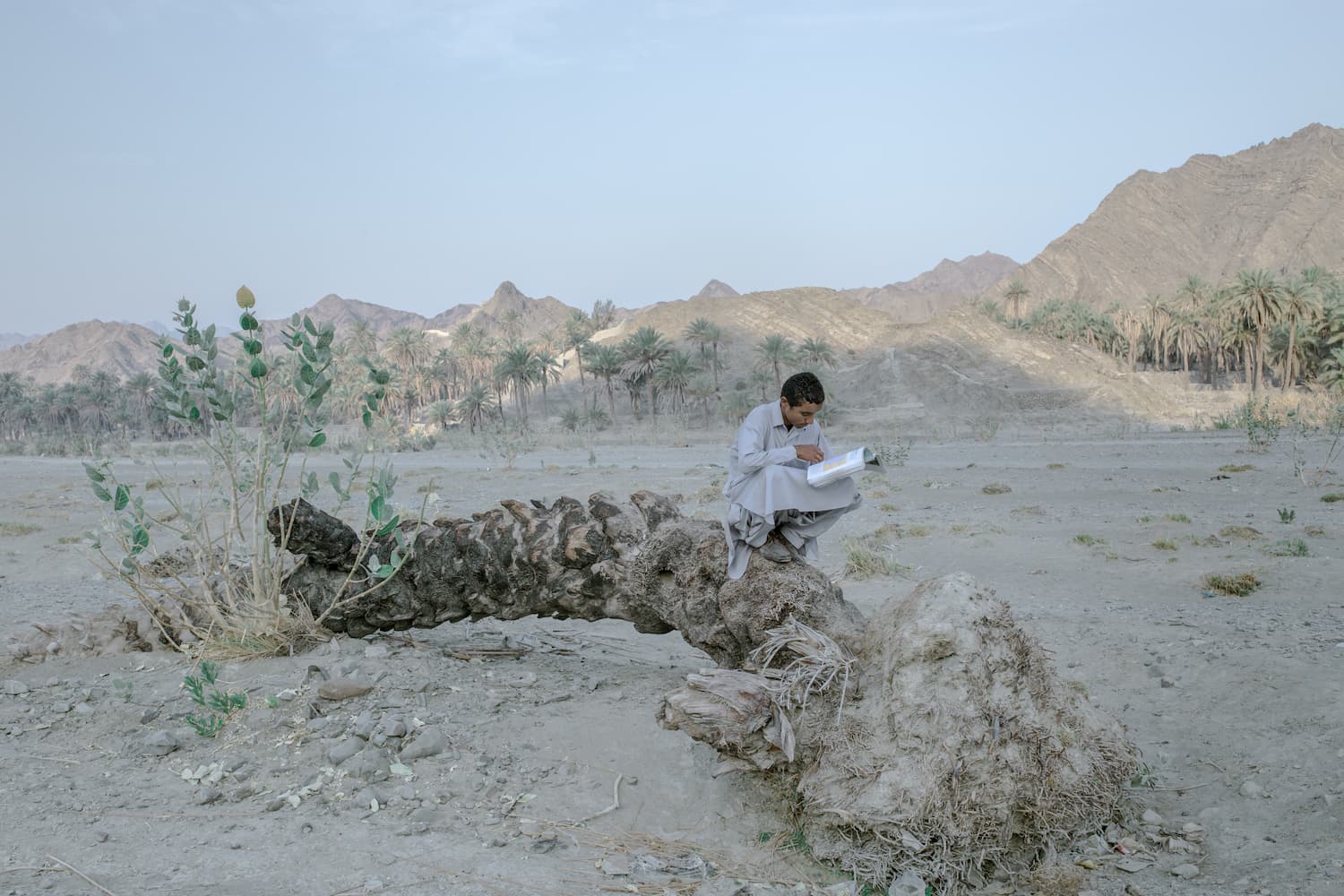
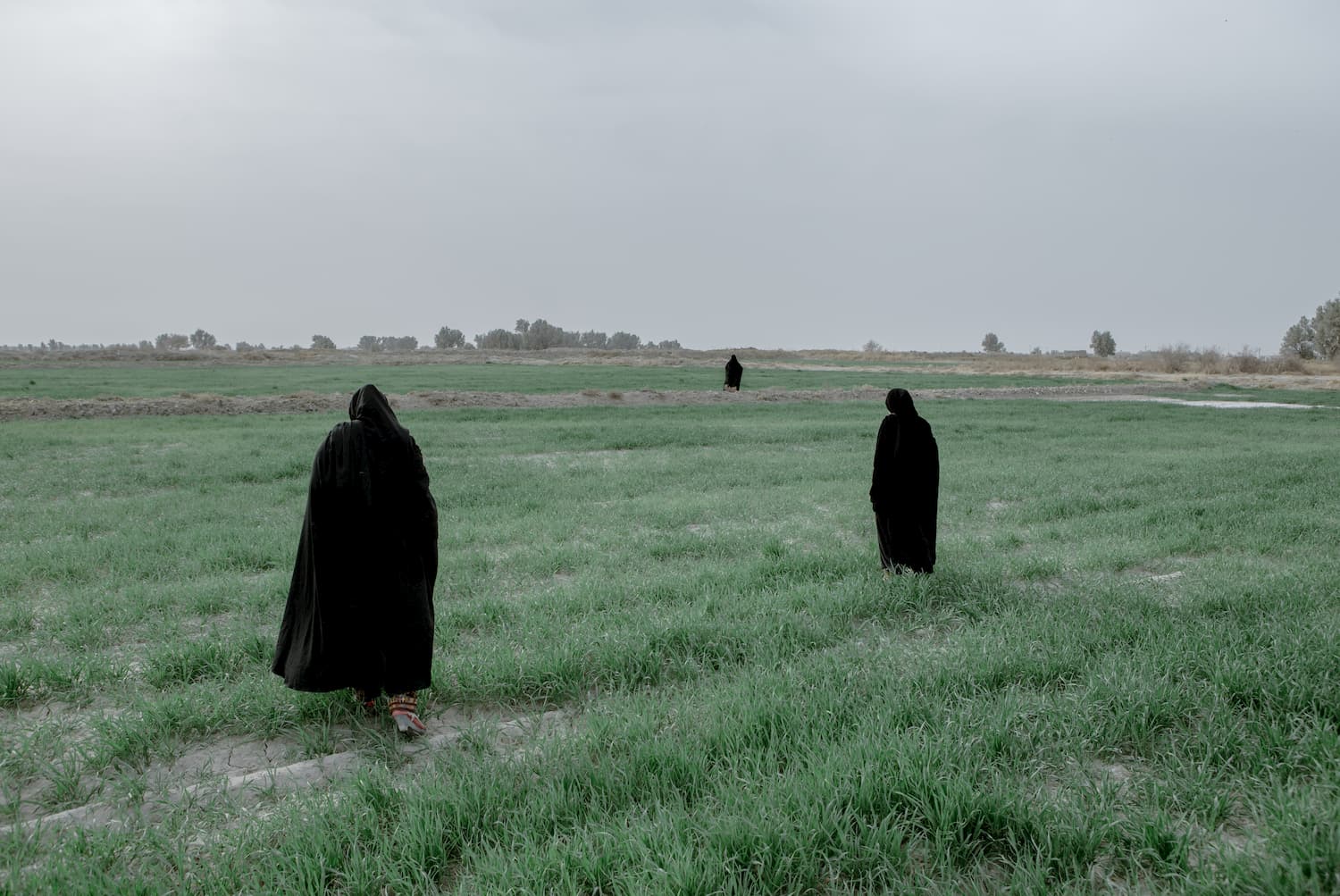
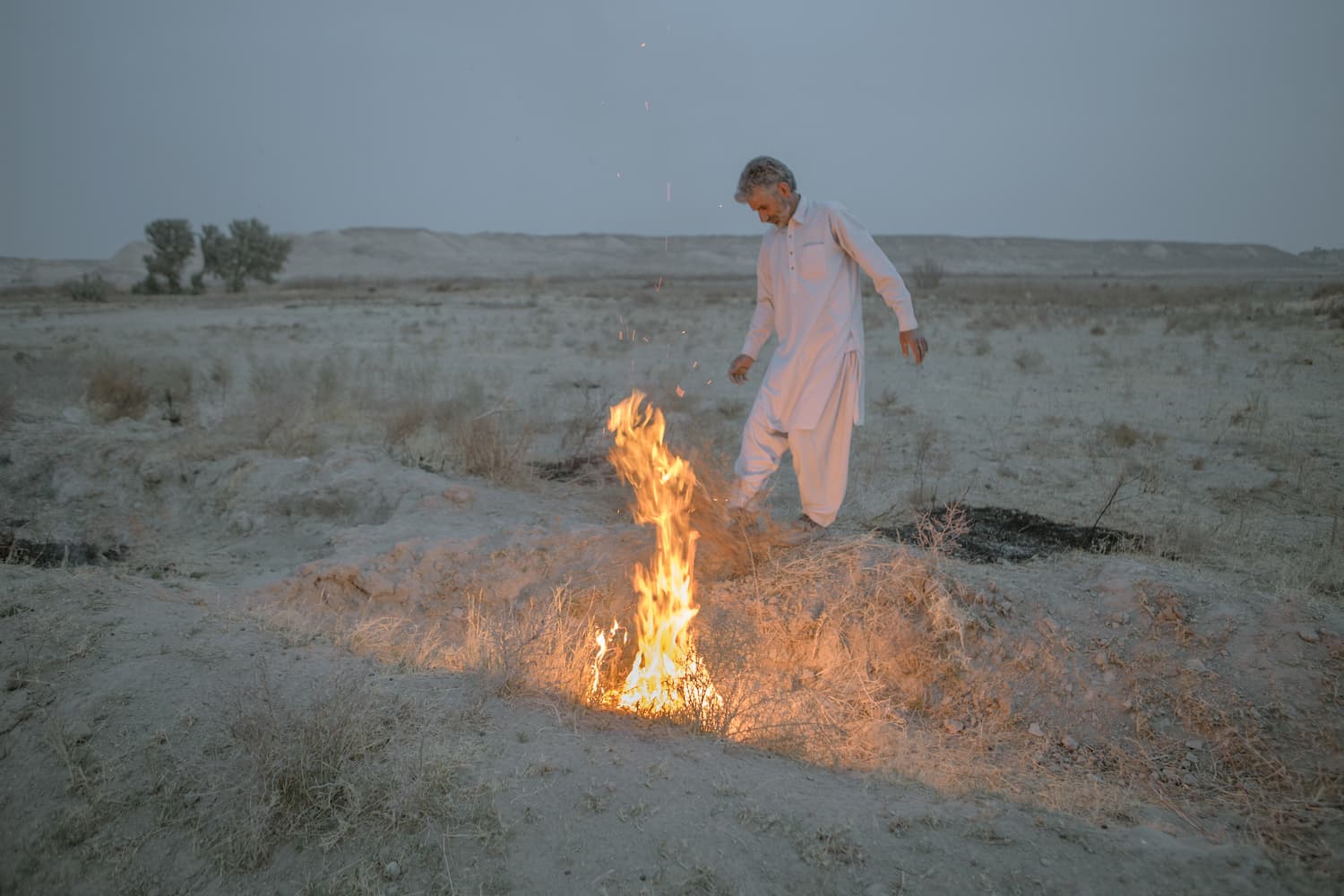
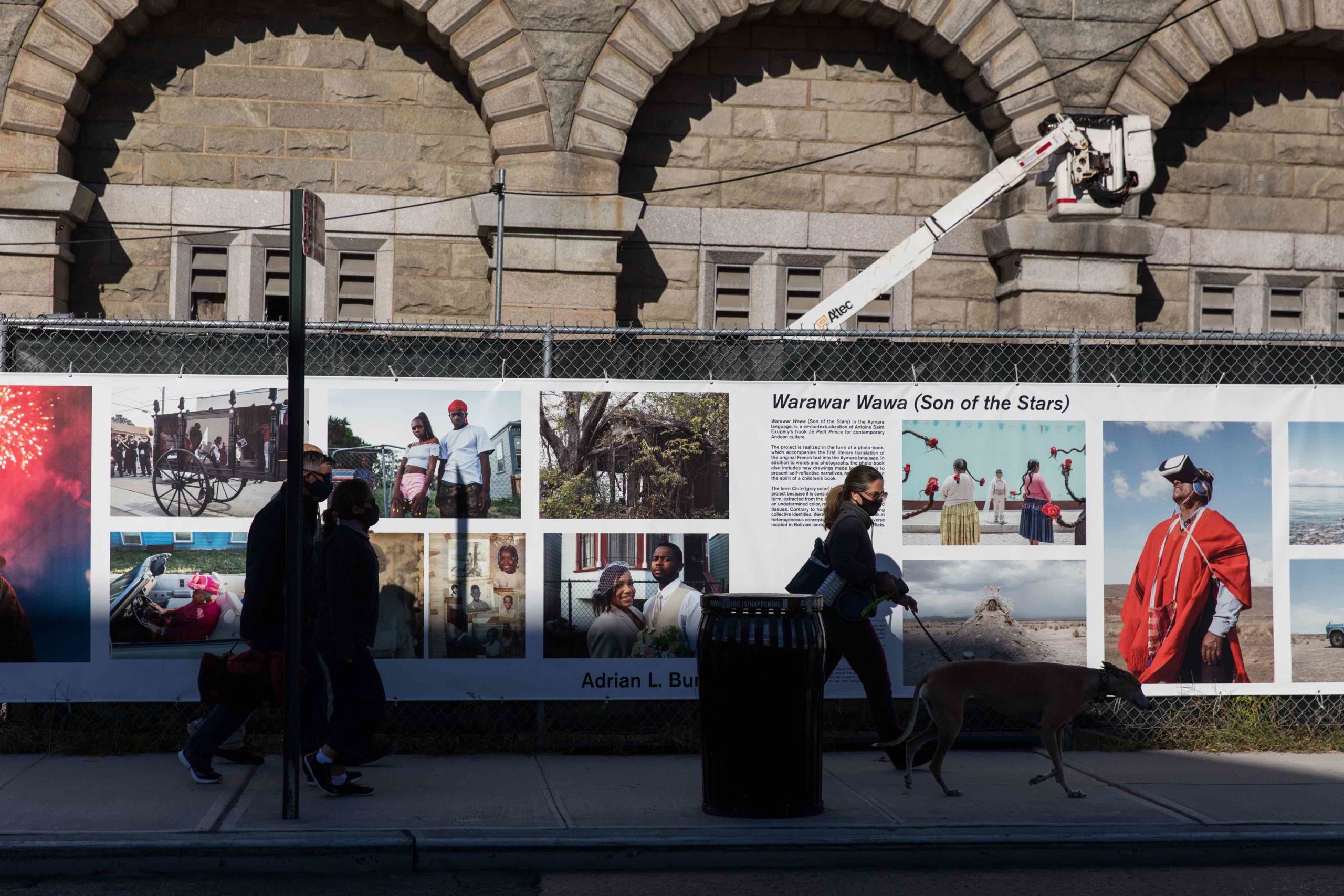
Mott Haven
Mott Haven is a neighborhood in the South Bronx made up of residential houses, NYCHA Projects, and an industrial waterfront that is ground zero for the gentrification of the Bronx.
Largely made up of Latinx and Black residents with a culture defined by multiple generations, the current population of 52,000 is being challenged today by real estate developers aggressively moving to rebrand the community and displace them. This project documents the people, landscapes, and stories of those who see their neighborhood in transition.
Mam’s Babies
My grandmother had 16 children, 58 grandchildren, 112 great-grandchildren, 158 great-great-grandchildren. She’s 94, and has been in Oakland, California, since 1945. Mama’s Babies takes a look at my family’s migration from sharecropping farms in Louisiana, to Oakland, California.
We developed vast networks of extended family centered on matriarchal figures. I combine my photography, and my grandmother’s archival images, to work against the erasure of our narrative.
Warawar Wawa
Warawar Wawa (Son of the Stars) in the Aymara language, is a re-contextualization of Antoine Saint Exupéry’s book Le Petit Prince for contemporary Andean culture.
The project is realized in the form of a photo-book, which accompanies the first literary translation of the original French text into the Aymara language. In addition to words and photographs, the photo-book also includes new drawings made by the author to present self-reflective narratives, and to bring about the spirit of a children’s book.
The term Chi’xi (gray color) is an essential part of the project because it is considered the starting point. This term, extracted from the Aymara language, alludes to an undetermined color, resulted from two juxtaposed tissues. Contrary to homogeneous ideas regarding collective identities, Warawar Wawa invites us to look at heterogeneous concepts through a fantastic universe located in Bolivian landscapes, valleys, and salt flats.
In Desert of Wetlands
Iran is suffering from a socio-economic drought, where water demand exceeds the natural water supply. My country is facing a severe and protracted water crisis and desertification, as lakes and rivers once-fertile, become barren.
The Hamoun wetlands, located in the largest Iranian province, Sistan-Balouchestan in southeastern Iran, are transboundary wetlands on the border of Iran-Afghanistan, which used to be the seventh-largest international lagoon, and the largest sweet water lake in Iran. The wetlands have turned to a sea of sand in the recent fifteen years due to drought, climate change, poor water management, prevention of water flow from Afghanistan, and disputes over granting water rights to Iran from Afghanistan.
The Hamoun wetlands that once covered an area of 4,000 square kilometres, and held communities dating back 5000 years, is now an environmental calamity. My project explores the environmental, social, and economic devastation wrought by desertification in the southeast region of Iran, as once fertile lakes and rivers become irreversibly degraded.
Hamoun wetlands desiccation had dire consequences for Sistan and Baluchestan Province, home to 2.8 million people, mostly Sunnis. Many people lack basic access to clean water, food, and education, subsisting on government handouts. With large-scale unemployment, some have turned to smuggling fuel and drugs, and about 30% of the people in Sistan-Balouchestan have migrated to the suburbs of other cities.
My project’s audience is people in and out of my country. Some of them have never thought of a water crisis before, or have never experienced the effects of a water crisis, but for various reasons resist connecting with it. By covering and telling stories, I want to raise awareness of subjects to change public attitudes.
Artist Bios
-
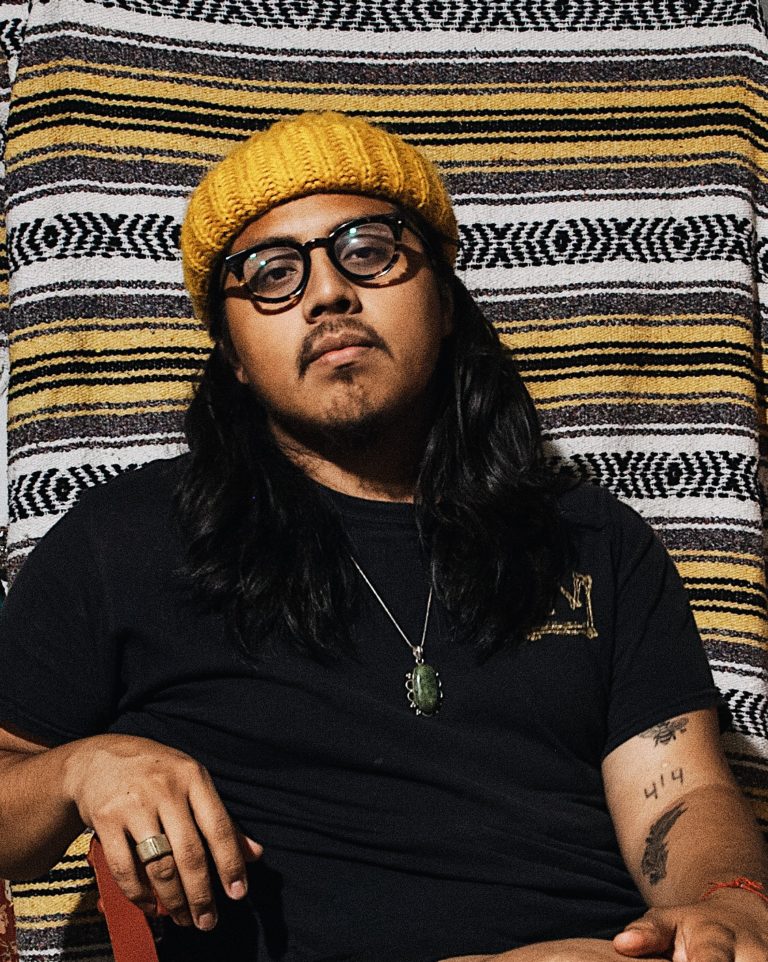
Roy Baizan
Roy Baizan is a Chicanx documentary photographer and arts educator from the Bronx whose work focuses on community, environment, and identity.
Shortly after graduating from the International Center of Photography’s Teen Programming they became a teaching assistant. This would put them on a path to become an educator focusing on empowering the city’s youth through visual storytelling and community service. They have since worked for The Bronx Documentary Center, The Point, The Bronx River Art Center, and ICP continuing to pass forward the opportunities that were awarded to them and creating safe, supportive learning spaces for social change.
In 2018 they graduated from the Visual Journalism and Documentary Practice Program at ICP with the support of the Wall Street Journal Scholarship and Board of Directors Scholarship. Recently Photoville has featured them as an artist to watch in 2020. Their work has been published in The New York Times, America Magazine, The Intercept, Remezcla, and HBO Latino among many others.
In 2021, they were awarded the Enfoco Fellowship as well as The Magnum Foundation Photography and Social Justice Fellowship.
-
Adrian Burrell
Adrian L. Burrell is a multidisciplinary storyteller who uses film, photography, and other media to shape culture, and evoke conversation on issues of race, class, gender, and intergenerational dynamics.
Adrian’s multimedia installation Mama’s Babies explores Black matriarchy in America, and won the 2019 SF Camerawork Juror’s Choice Award, and the SFAI John Collier Award.
Adrian grew up in Oakland, California. He has lived and worked in Asia, Africa, Latin America, and the Middle East. Adrian earned a BFA in film from the San Francisco Art Institute, he is a United States Marine Corps veteran, and he is currently working on his MFA at Stanford’s Department of Art & Art history.
-
River Claure
River Claure (b. 1997, Bolivia) is a freelance photographer, designer and visual artist. He graduated with a degree in Performing Arts, Graphic Design, and Visual Communication, and he studied Contemporary Photography at the International Centre of Photography and Cinematography, EFTI, Madrid, Spain.
He was a winner of the Eduardo Abaroa Nacional Award, Bolivia, and received a XVIII Roberto Villagraz International Photography Scholarship, in Spain. River was selected for The New York Times 2020 portfolio review, the Creation Laboratory 20 Fotógrafos Bolivia, and the Valparaíso International Photography Festival (FIFV), Chile.
River was nominated for the World Press Photo 2020 Joop Swart Master Class, and he was recently selected as one of this year’s British Journal of Photography’s Ones to Watch 2020. He is part of the photographers team at Everyday Bolivia and his work has been exhibited in Colombia, Chile, Spain, and Bolivia.
-
Solmaz Daryani
Solmaz Daryani is an Iranian Azeri photographer and photojournalist. Daryani studied computer science in Iran, emerging from school with a BA in software engineering. She studied photojournalism at the Danish School of Media and Journalism. Her work is particularly known for exploring the themes of climate security, climate change, water crisis, the human identity, and the environment.
Her work has been published by international magazines and newspapers such as National Geographic Magazine, Foreign Policy Magazine, Polka Magazine, The American Scholar Magazine, The Caravan Magazine and other publications.
Organizations
-
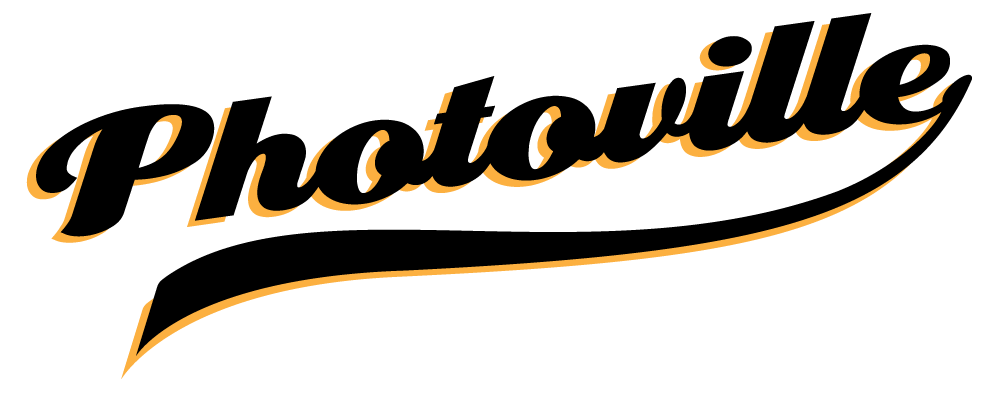
Photoville
Founded in 2011 in Brooklyn, NY, Photoville was built on the principles of addressing cultural equity and inclusion, which we are always striving for, by ensuring that the artists we exhibit are diverse in gender, class, and race.
In pursuit of its mission, Photoville produces an annual, city-wide open air photography festival in New York City, a wide range of free educational community initiatives, and a nationwide program of public art exhibitions.
By activating public spaces, amplifying visual storytellers, and creating unique and highly innovative exhibition and programming environments, we join the cause of nurturing a new lens of representation.
Through creative partnerships with festivals, city agencies, and other nonprofit organizations, Photoville offers visual storytellers, educators, and students financial support, mentorship, and promotional & production resources, on a range of exhibition opportunities.
For more information about Photoville visit, www.photoville.com
Photoville’s Emerging Artists to Watch
Featuring: Roy Baizan Adrian Burrell River Claure Solmaz Daryani
Curated by: James Estrin
Locations
View Location Details Old Fulton Street and Prospect StreetOld Fulton Street and Prospect Street
DUMBO, Brooklyn 11201
This location is part of Brooklyn Bridge Park
Explore other locations and exhibitions nearby
Location open 24 hours
EDUCATION DISCUSSION QUESTIONS
How would you describe the quality of the relationship between the photographer and the people in the photographs?
Think about your community and what makes it special. What would you want represented?
Who, what, where would you photograph to capture that?
